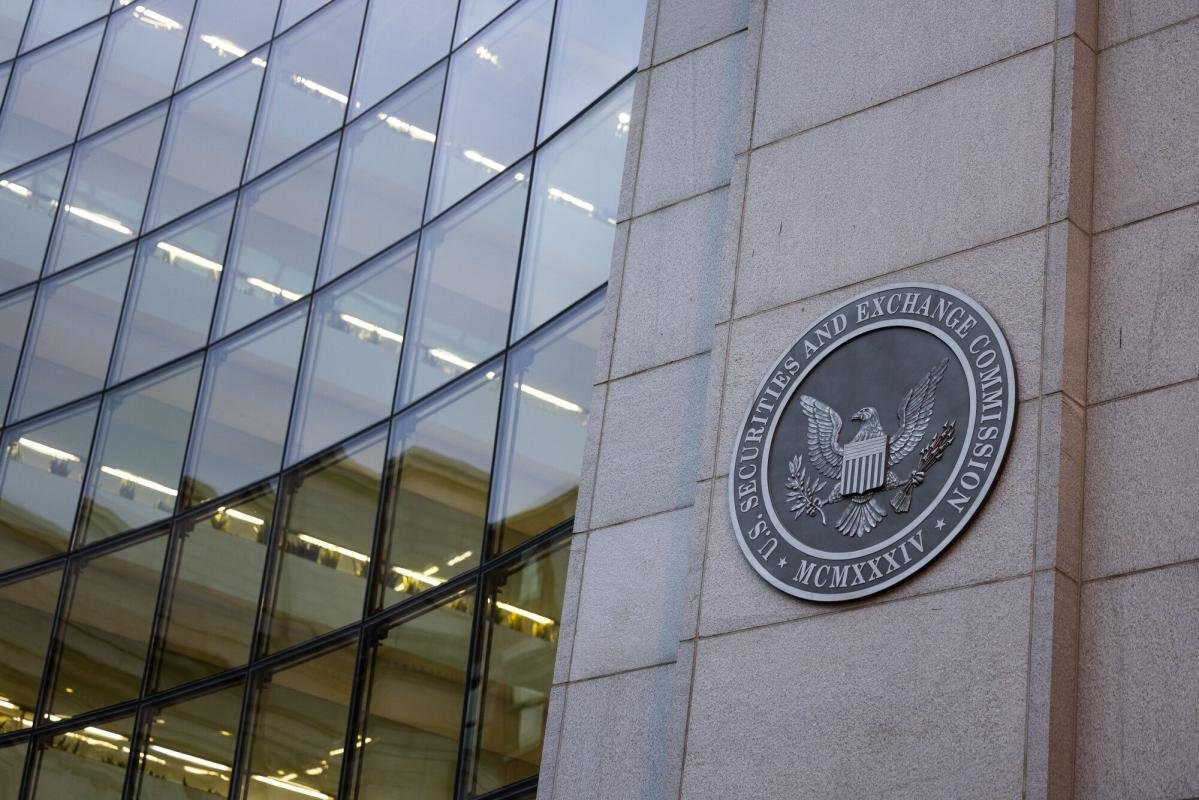(Bloomberg) — The US Securities and Exchange Commission has retreated from a plan that would have forced many mutual funds to overhaul their pricing models.
Most Read from Bloomberg
The original proposal would have imposed so-called swing pricing during periods of high redemptions, making it costlier for investors to cash out when markets are roiled. It drew strong opposition not only from the industry but also from Democratic lawmakers who warned the measure could impose heavy burdens on investors saving for their retirements. More than 60% of 401(k) plan assets are held in mutual funds.
The SEC’s meeting agenda for Wednesday made no mention of a swing-pricing mandate for the $24 trillion asset class. The regulator instead approved more-frequent disclosures of mutual-fund performance that had accompanied the swing-pricing measure. It also decided to address heavy redemptions by issuing new guidance on existing liquidity-risk-management rules.
The financial regulator is requiring mutual funds to report portfolio holdings on a monthly basis rather than quarterly, and that data will be made public 60 days after the month’s end. The disclosures are “particularly important in enhancing the commission’s ability to respond during times of stress or fast-moving events,” SEC Chair Gary Gensler said in his remarks.
Republican Commissioner Mark Uyeda, who voted against the disclosures, said making the data public on a monthly basis was “highly concerning” because it would expose investment funds’ strategies.
“If fund investment advisers are not compensated for their skill in conducting fundamental investment research and effective trading strategies, then such efforts will be less likely to occur at all – and the public good of price discovery will be significantly harmed,” he said.
In a statement, the Investment Company Institute, one of the groups that opposed the 2022 proposal, said it was reviewing the new guidance to determine its impact on funds and their investors.
“It is important to note that funds currently have robust liquidity risk management programs as a matter of practice and existing regulatory requirements,” ICI Chief Executive Officer Eric Pan said in the statement.
The SEC’s pullback from the swing-pricing mandate appears to be a win for the industry, including asset managers T. Rowe Price Group Inc. and BlackRock Inc., both of which opposed the November 2022 plan. One sign that it was coming was the SEC’s decision last year to back off a swing-pricing proposal for money-market funds.
However, it’s unclear whether a swing-pricing rule for mutual funds will resurface. The agency indicated in July that it was a possibility.
Swing Pricing
Swing pricing is essentially a cost imposed on investors redeeming shares. It adjusts — or swings — the share price above or below a fund’s net asset value per share, in the event that flows in or out of a fund are deemed to be too large.
At the time of the proposal, Gensler described the swing-pricing mechanism as a way of staving off liquidity shortfalls in mutual funds during market tumult. The measure also would have required funds to maintain at least 10% of a fund’s assets in highly liquid investments to manage market stress.
The more frequent disclosures approved Wednesday will also apply to registered closed-end funds and some exchange-traded funds registered as investment trusts. They will go into effect Nov. 17, 2025. Funds with less than $1 billion in net assets will have until May 18, 2026, to comply with the amendments.
(Updates with industry comment starting in seventh paragraph.)
Most Read from Bloomberg Businessweek
©2024 Bloomberg L.P.





